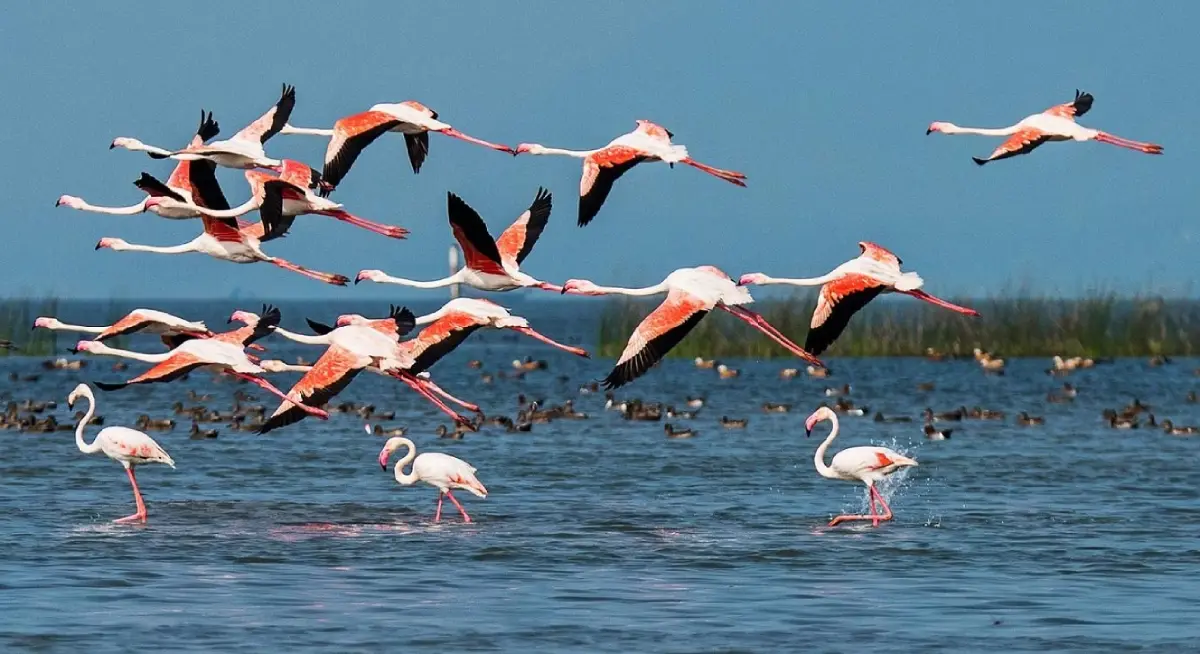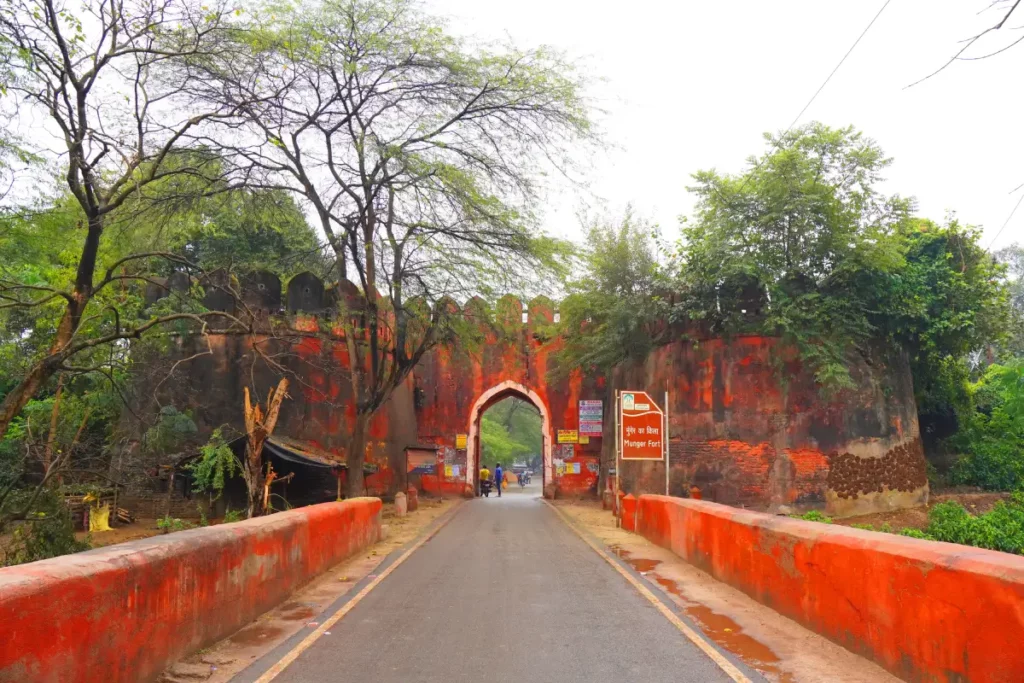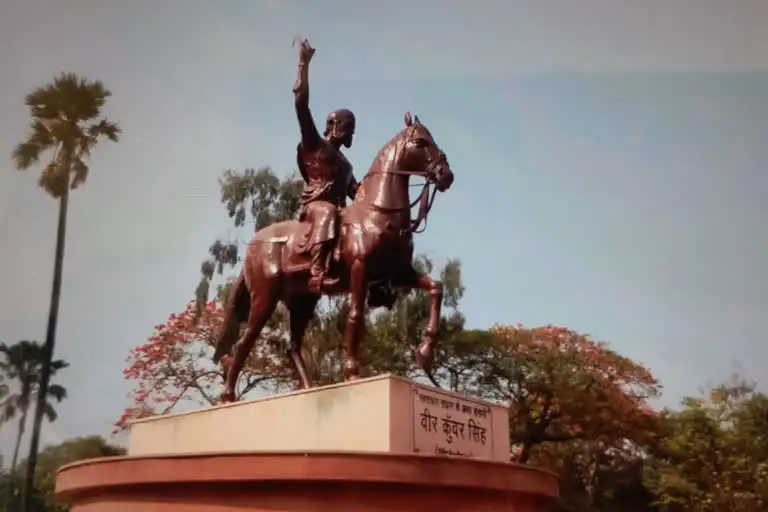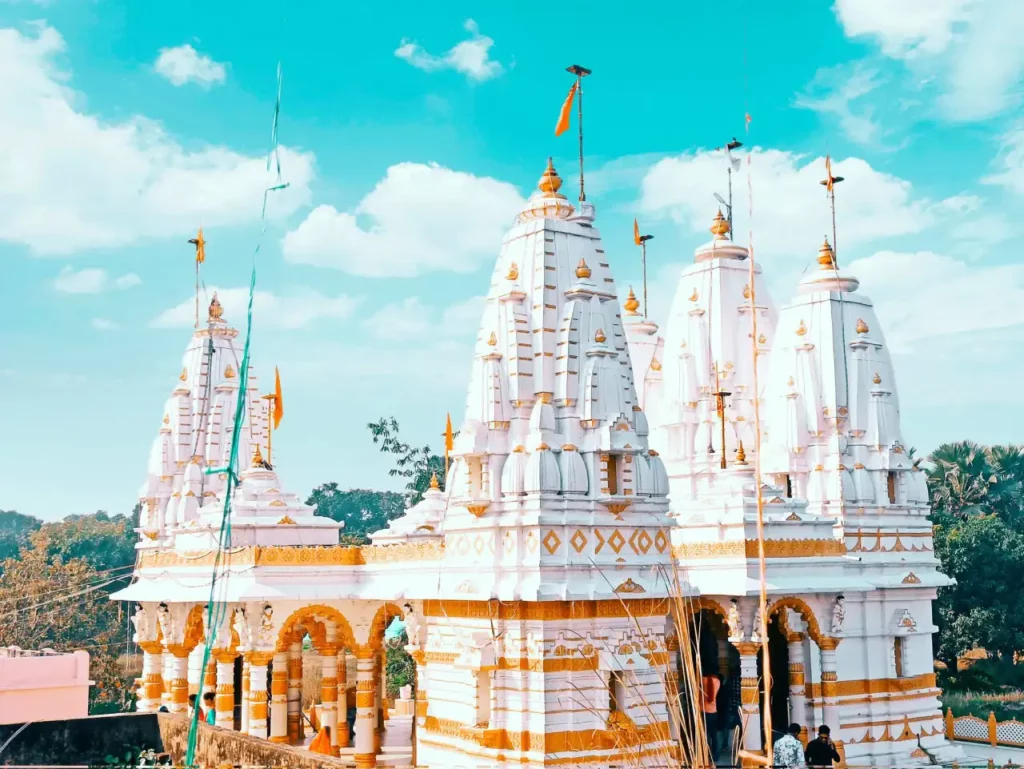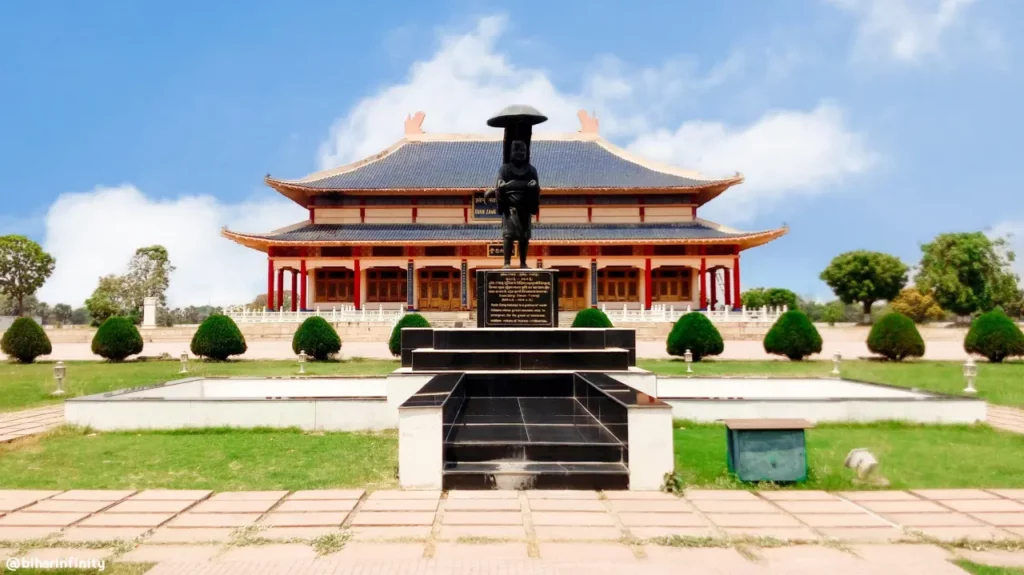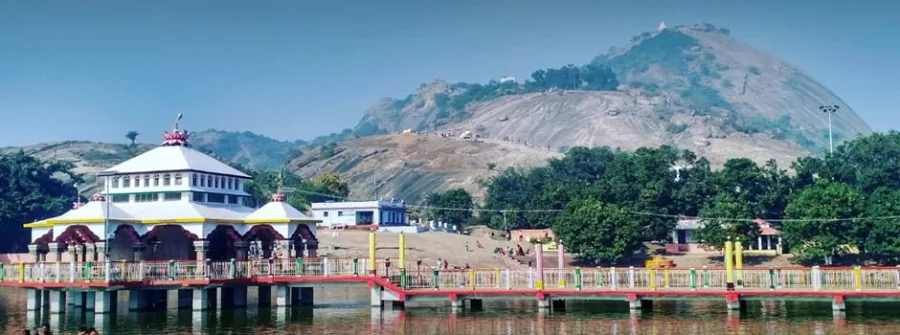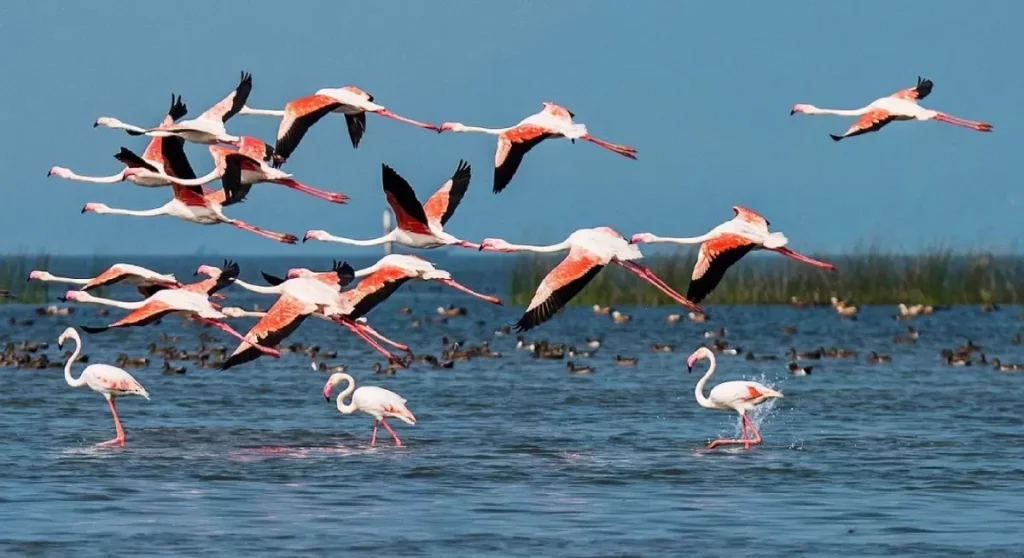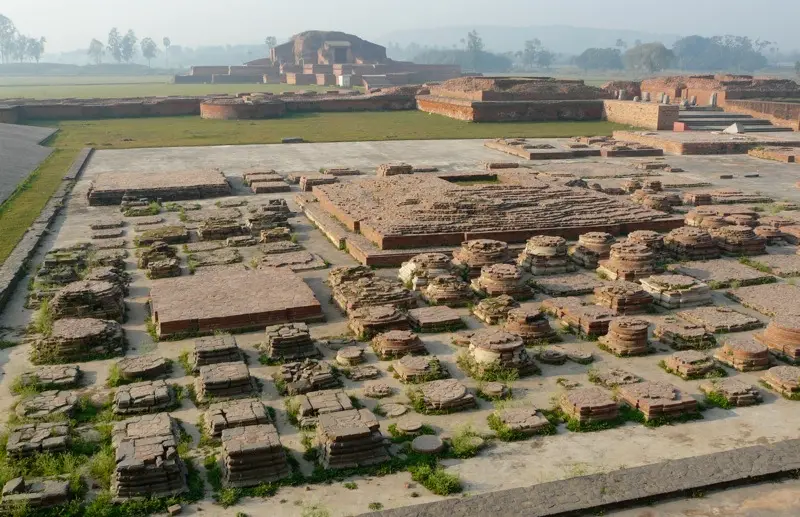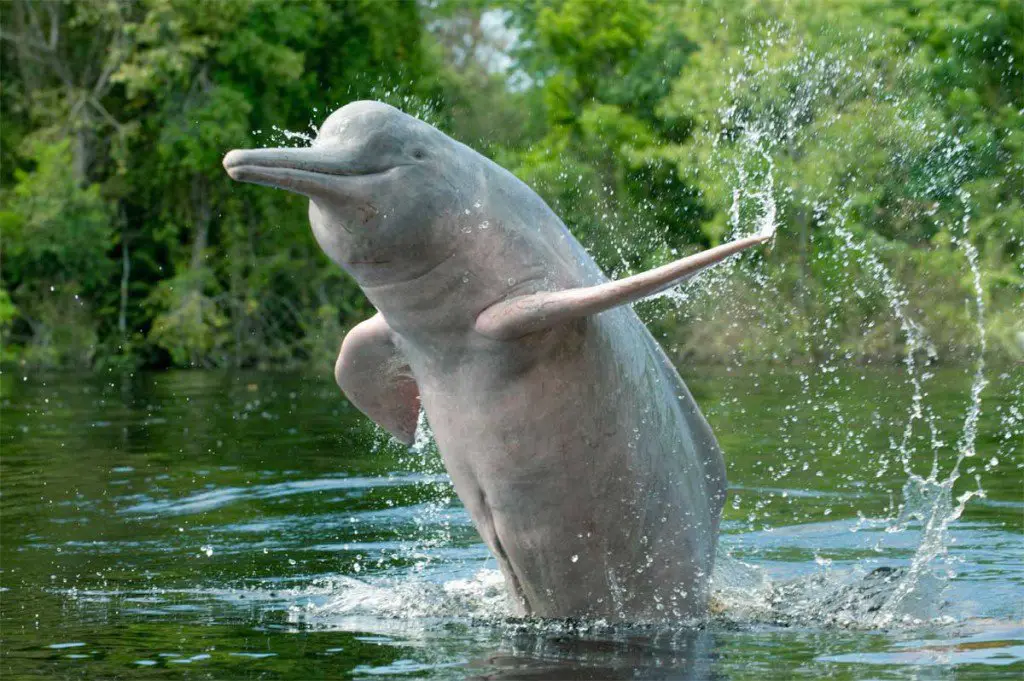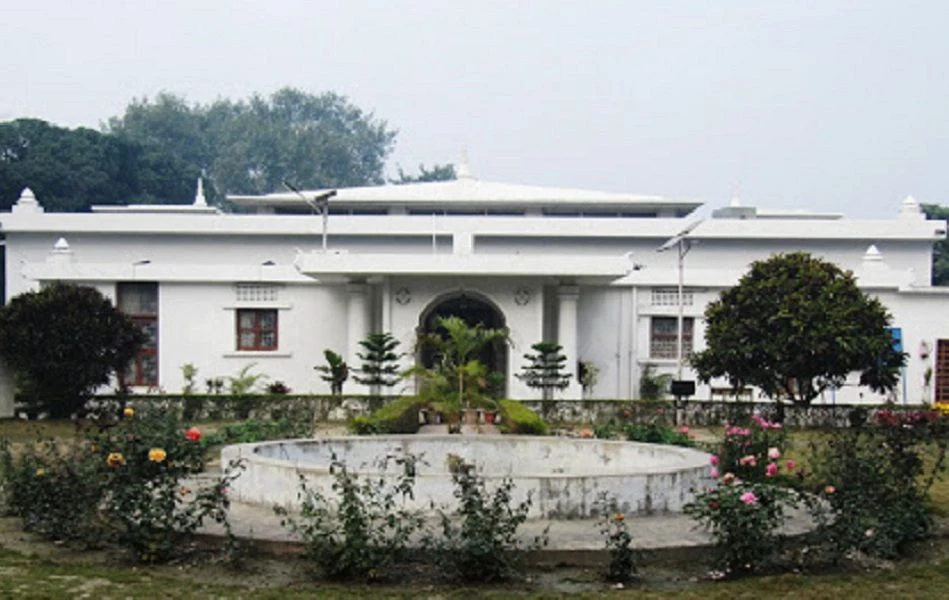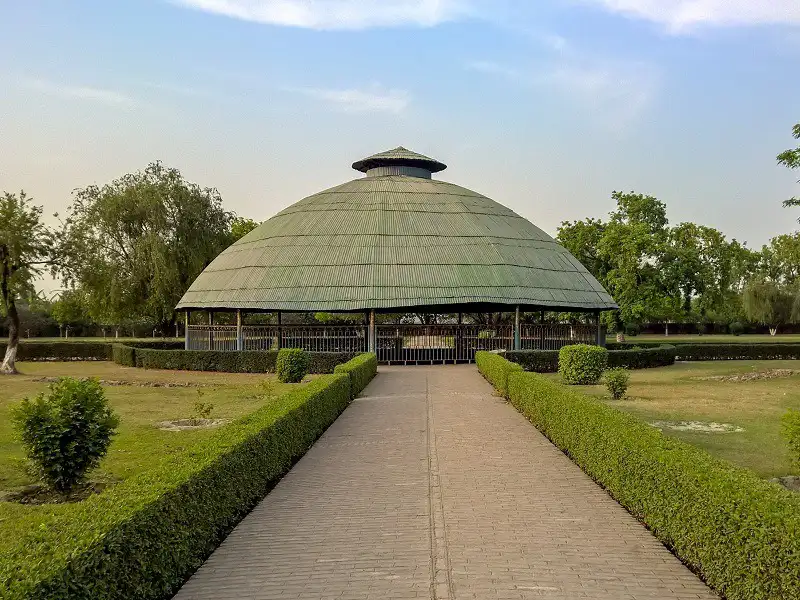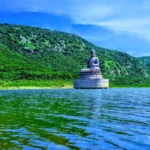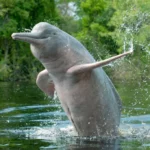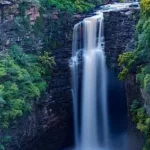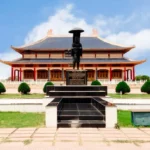The Kanwar Taal, also known as Kabar Taal Lake or Kabartal Wetland, is a remarkable natural wonder situated in the Begusarai district of Bihar, India. This pristine water body stands as Asia’s largest freshwater oxbow lake, offering a unique and captivating experience for visitors. In this article, we will delve into the beauty and significance of Kanwar Taal, from its rich biodiversity to the best times to visit this magnificent treasure of Bihar.
- Geographical Overview
- Wildlife and Biodiversity of Kanwar Lake
- Historical Significance
- Cultural Relevance
- Recreational Activities
- How to Reach Kanwar Taal
- Best Time to Visit
- Flora and Fauna Exploration
- Local Cuisine and Restaurants
- Accommodation Options
- Safety Tips
- Photography Opportunities
- Conclusion
- FAQs about Kanwar Taal in Begusarai
- Fresh Reads for You: Discover Our Recent Blog Posts
Geographical Overview
Kanwar lake spans over 67 square kilometers and is a product of the meandering Bagmati River. This expansive water body is surrounded by lush greenery, creating a tranquil oasis that beckons both nature enthusiasts and devotees alike.
Wildlife and Biodiversity of Kanwar Lake
What truly sets Kanwar Taal apart is its incredible biodiversity. The lake and its environs provide a habitat for a wide variety of flora and fauna. Birdwatchers are in for a treat as they spot numerous bird species, including the iconic Sarus Crane, which is the state bird of Bihar. Apart from birds, the lake area is home to several reptiles, amphibians, and even some elusive mammals.
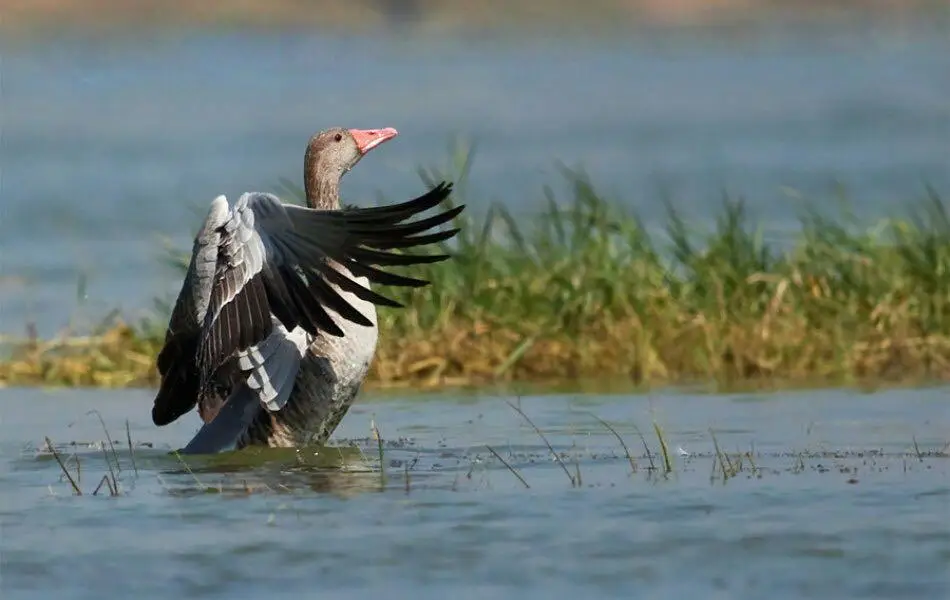
Historical Significance
Kanwar Taal has a rich historical backdrop. It is intertwined with legends and myths, adding a layer of intrigue to this natural wonder. The region has also witnessed archaeological excavations, unearthing remnants of ancient civilizations that add to the historical allure.
Cultural Relevance
In the cultural tapestry of Begusarai, Kanwar Taal holds a special place. It is closely associated with religious festivals, especially during the monsoon season. Devotees throng to the lake to perform rituals and seek blessings. The annual Kanwar Mela, a religious fair, attracts thousands of pilgrims to its shores.
Recreational Activities
For travelers seeking more than just spirituality, Kanwar Taal offers an array of recreational activities. Enjoy a tranquil boat ride on its serene waters, go on birdwatching expeditions, or take leisurely nature walks amidst the enchanting surroundings. Kanwar Taal promises relaxation and rejuvenation.
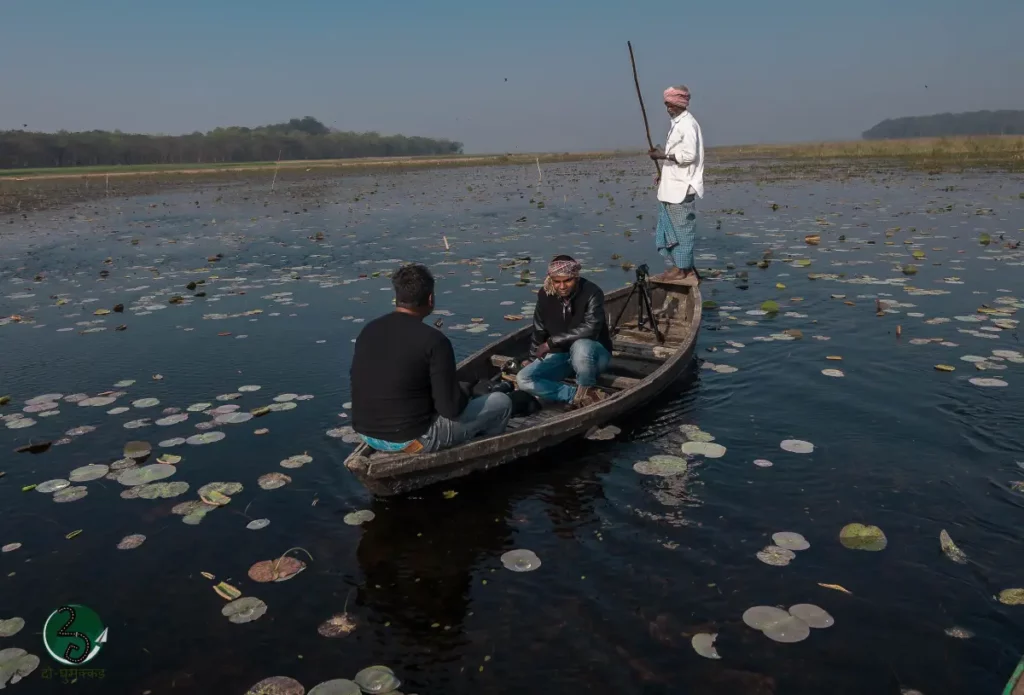
How to Reach Kanwar Taal
Reaching Kanwar Taal is convenient, with road access being the primary mode of transportation. The nearest major city, Patna, is approximately 120 kilometers away. From Patna, a scenic drive will lead you to this natural paradise.
Best Time to Visit
The best time to experience Kanwar Taal is during the winter months, which span from November to February. The weather during this period is pleasant, and migratory birds are in abundance, making it an ideal time for birdwatching and photography.
Flora and Fauna Exploration
Nature enthusiasts will be captivated by Kanwar Taal’s biodiversity. Stroll along the lake’s edge to observe various bird species or venture into the nearby forests to explore the diverse flora that thrives in this ecosystem.
Local Cuisine and Restaurants
After a day of exploration, savor the delectable local cuisine of Begusarai. Delight in traditional dishes such as Litti Chokha and Sattu Paratha at local eateries, experiencing the authentic flavors of Bihar.
Accommodation Options
For those planning an extended stay, Begusarai offers a range of accommodation options, catering to various budgets and preferences.
Safety Tips
While reveling in the natural beauty of Kanwar Taal, remember to adhere to safety guidelines. Maintain a respectful distance from wildlife and ensure you have the necessary equipment for water activities.
Photography Opportunities
Photographers will find Kanwar Taal a haven for capturing stunning vistas. The lighting during sunrise and sunset is perfect for immortalizing the lake’s beauty. Be ready with your camera to seize those unforgettable moments.
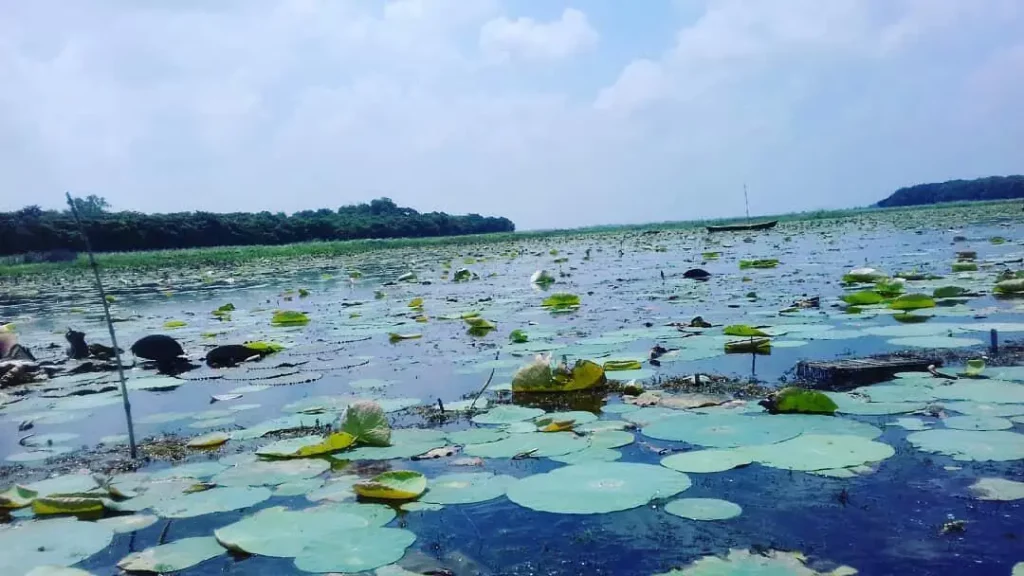
Conclusion
Kanwar Taal, also known as Kabar Taal Lake or Kabartal Wetland, stands as Asia’s largest freshwater oxbow lake, enchanting visitors with its unparalleled natural beauty and cultural significance. Whether you’re a nature lover, history enthusiast, or a pilgrim seeking spiritual solace, Kanwar Taal promises an extraordinary experience.
Plan your visit to Kanwar Taal and immerse yourself in the wonders of this unique destination. It’s an experience that will leave you with cherished memories and a deep appreciation for the natural world.
FAQs about Kanwar Taal in Begusarai
The largest oxbow lake in Bihar is Kanwar Lake, also known as Kabar Taal or Kabartal Wetland. Kanwar Lake spans over 67 square kilometers and is a significant natural feature in the state.
While it’s possible to visit year-round, the best time is during the winter months for birdwatching and pleasant weather.
Oxbow lakes are located in various regions across India. One prominent example is Kanwar Lake, which is situated in Begusarai district in Bihar, India. These unique water bodies can be found in different parts of the country, often formed as a result of river meandering and changing courses over time.
Absolutely! Boating is a popular activity on the lake, allowing you to enjoy its tranquility up close.
The Sarus Crane is considered sacred and is associated with local folklore and traditions.
Kanwar Lake, also known as Kabar Taal or Kabartal Wetland, is the well-known lake in Begusarai, Bihar. It is celebrated for its natural beauty, rich biodiversity, and cultural importance within the region.
The first Ramsar site in Bihar is Kabar Taal (Kanwar Lake) in Begusarai district. This wetland area received Ramsar site designation for its ecological significance and importance for biodiversity conservation.
Fresh Reads for You: Discover Our Recent Blog Posts
Munger Fort: History, images, and best time to visit
Standing majestically on a rocky hillock along the southern banks of the…
Jagdishpur Fort: Reliving History Amidst Majestic Ruins
Nestled in the heart of a serene landscape, Jagdishpur Fort stands as…
Dwarkadhish Temple Chapra: A Marvel of Artistry and Faith
The celebration of Krishna Janmashtami resonates across India, and Chapra’s Naini village…
14 Must-Visit Tourist Places in Rajgir for an Enriching Journey
Rajgir, a city in the district of Nalanda, invites you to traverse…
Mandar Hill: A Spiritual Journey to Serenity
Nestled in the Bounsi, Banka district under Bhagalpur division of state of…
Kanwar Lake: Exploring Asia’s Largest Freshwater Oxbow Lake
The Kanwar Taal, also known as Kabar Taal Lake or Kabartal Wetland,…
Ruins of Vikramshila University: Unveiling an Enigmatic Past
Nestled in the serene landscapes of ancient India, Vikramshila University stands as…
Vikramshila Gangetic Dolphin Sanctuary: Bihar’s Aquatic Treasures
Nestled along the pristine banks of the Ganges River, the Vikramshila Gangetic…
Vaishali Museum – Unveiling the Treasures of Ancient Bihar
Nestled in the heart of Vaishali, a town steeped in history and…
Buddha Relic Stupa Of Vaishali: Exploring the Serene Beauty
Vaishali, a place of deep historical significance and spiritual resonance, houses a…

